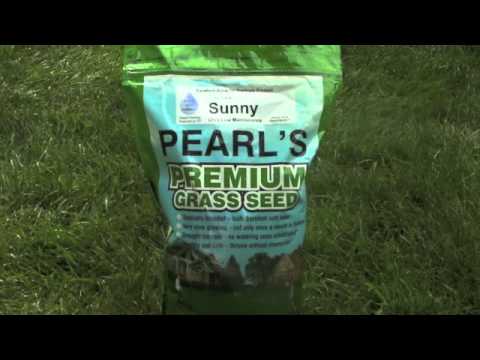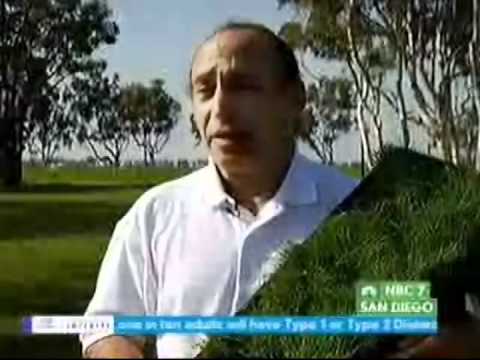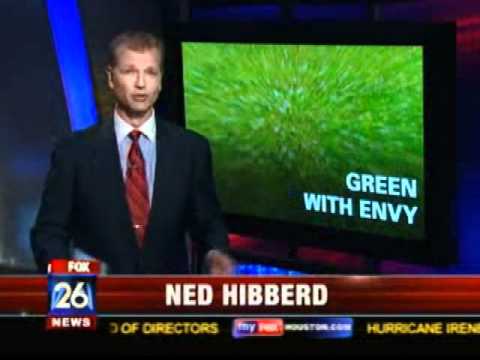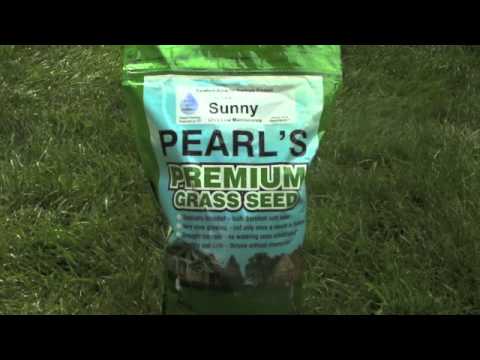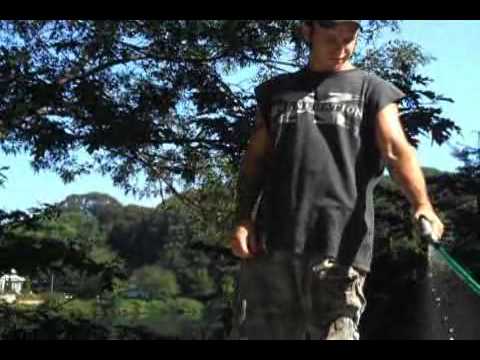Boston Globe Lawn Tips for a Hot, Dry Season
Lawn Tips for a Hot, Dry Season
Yes, it will, Lambert says. But like other lawn care specialists, she advises property owners to follow practices that will allow their lawns to recover naturally and, just as important, keep a bad situation from getting worse.
Their first piece of advice: Don’t keep mowing your lawn when the weather is hot and dry. When the midsummer drought — typical in most years — sets in, your lawn doesn’t need cutting because the grass has stopped growing.
In fact, cutting grass too short dries lawns out even more, said seed producer Jackson Madnick, who will give workshop presentations on lawn care this Saturday at First Congregational Church of Milton at 10 and 11 a.m. and 2 p.m.
“Your grass should be 3 inches high,’’ Madnick said. Grass needs to stay that tall to absorb moisture and shade its own roots. By cutting it shorter when it’s already turning brown, you’re drying out the soil around the roots and stressing the grass more.
“This time of year you need to back off,’’ Madnick said.
To help your lawn survive dry conditions and stay healthy all season, Madnick advises raising your lawn mower to its highest setting and leaving the cuttings on the lawn. The clippings also help shade the soil so it doesn’t dry out and compact and provide 50 percent of the nutrients your grass needs. Homeowners should also keep mower blades sharp, he said. Dull blades leave ragged cuts; moisture leaks out, disease enters, and grass turns brown.
If you have a service mow your lawn, Madnick advocates a “flat rate’’ seasonal deal, so the lawn service is not financially induced to cut your lawn when it doesn’t need it.
The experts say homeowners can take two approaches to the summer drought: Tolerate the brown period as a natural dormancy stage that grass plants go through to protect themselves from drying out at the roots. Or keep watering, but do it the right way — deeply, 1 inch a week — while obeying local watering rules.
“The natural way is to let your lawn go dormant,’’ Madnick said.
“It’s pretty unsightly,’’ acknowledged Debbie Cook of the browning of lawns, school yards, and parks. Cook heads the South Shore Greenscapes program, which encourages landscaping techniques that conserve water. “The grass is trying to protect itself. It’s in a dormancy period. The ground is just literally baking.’’
Nevertheless, Cook said, “We have to honor the watering bans.’’
As water demand increases in summer, water supplies decrease, causing many communities to put outdoor watering restrictions into effect. Fortunately for most, those rules often allow early morning watering, which specialists say is the best time for your lawn.
“If they do water,’’ Cook said, “they want to make it count by making sure they water early in the morning.’’ She suggests applying water in bursts, treating the ground like a sponge that has to be moistened before it can absorb more. “The brown areas should bounce back. The gray [where grass is dying] is more desperate.’’
Watering deeply is “better than a little light tease each day,’’ Lambert said. Shallow waterings encourage roots to come to the surface rather than sinking deep.
Madnick, who developed and sells a seed called Pearl’s Premium, said the answer to brown lawns is the right grass. Based on fescue grass, his seed is drought-resistant because its roots sink 12 inches deep into the ground, Madnick said. The grass grows slowly but very densely, needs little cutting, and almost no watering once it gets established.
If you don’t have a drought-resistant grass, your lawn may be turning brown because this year’s three months of below-average rainfall and hot temperatures this month have created “a perfect storm for lawn stress,’’ Madnick said. (According to the Weather Underground service, the average high temperature for the Boston area for July as of Monday was 87; the average high from previous years was 82, and last year it was only 77. Rainfall for each of the last three months has been below average: In April, for example, precipitation totaled 1.78 inches; the average April is 3.6 inches.)
To water correctly, Madnick advises putting a glass under the sprinkler to see how long it takes to fill that inch. Water early, between 6 and 7 in the morning, since when the sun is high water droplets may magnify the sun’s rays and burn holes in your grass.
Cook advised avoiding any fertilizer or lawn treatments now, since they will only stress weakened lawns more.
The best hope for drought-stricken lawns consists in long-range soil enrichment practices that build up soil with compost and organic materials and avoid chemical products that kill the natural turf-building micro-organisms, said Carolyn Edsell-Vetter of Smart Watering Co., one of the advisers to the Greenscapes program. “If your grass has deep roots, it will keep its color and revive in September,’’ she said.
To promote water conservation goals, Greenscapes is running a competition in the member towns of Norwell, Marshfield, Pembroke, Scituate, and Hanover in which five-household teams will compete to see how much water they can save this summer and win a $500 donation for a favorite charity. You can register and get more information at nswra.org, the website for the North and South Rivers Watershed Association.
Robert Knox can be reached at rc.knox2@gmail.com.




